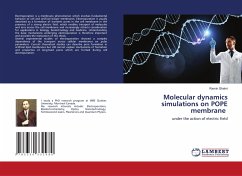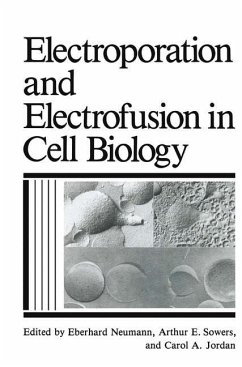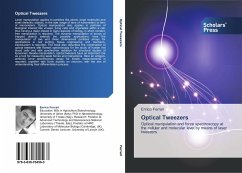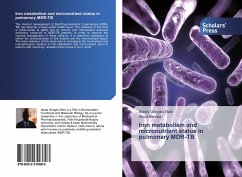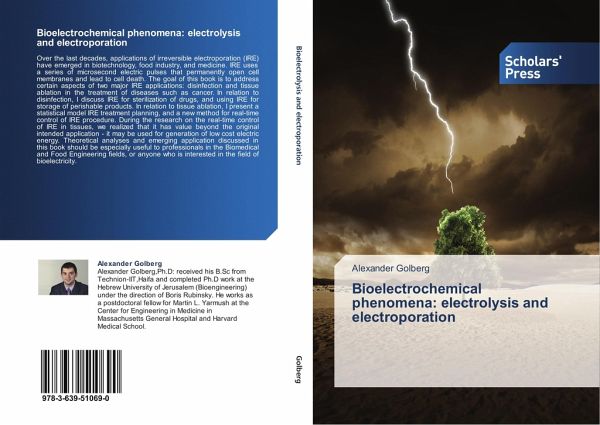
Bioelectrochemical phenomena: electrolysis and electroporation
Versandkostenfrei!
Versandfertig in 6-10 Tagen
52,99 €
inkl. MwSt.

PAYBACK Punkte
26 °P sammeln!
Over the last decades, applications of irreversible electroporation (IRE) have emerged in biotechnology, food industry, and medicine. IRE uses a series of microsecond electric pulses that permanently open cell membranes and lead to cell death. The goal of this book is to address certain aspects of two major IRE applications: disinfection and tissue ablation in the treatment of diseases such as cancer. In relation to disinfection, I discuss IRE for sterilization of drugs, and using IRE for storage of perishable products. In relation to tissue ablation, I present a statistical model IRE treatmen...
Over the last decades, applications of irreversible electroporation (IRE) have emerged in biotechnology, food industry, and medicine. IRE uses a series of microsecond electric pulses that permanently open cell membranes and lead to cell death. The goal of this book is to address certain aspects of two major IRE applications: disinfection and tissue ablation in the treatment of diseases such as cancer. In relation to disinfection, I discuss IRE for sterilization of drugs, and using IRE for storage of perishable products. In relation to tissue ablation, I present a statistical model IRE treatment planning, and a new method for real-time control of IRE procedure. During the research on the real-time control of IRE in tissues, we realized that it has value beyond the original intended application - it may be used for generation of low cost electric energy. Theoretical analyses and emerging application discussed in this book should be especially useful to professionals in the Biomedical and Food Engineering fields, or anyone who is interested in the field of bioelectricity.



